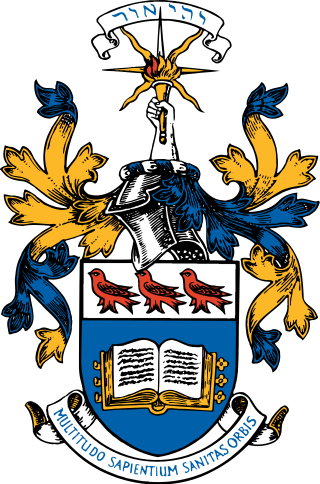
The University of Victoria (UVic) is a public research university located in the municipalities of Oak Bay and Saanich, British Columbia, Canada.

The University of British Columbia (UBC) is a public research university with campuses near Vancouver and in Kelowna. Established in 1908, it is the oldest university in British Columbia. With an annual research budget of $759 million, UBC funds over 8,000 projects a year.
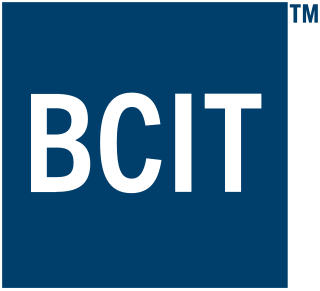
The British Columbia Institute of Technology, is a public polytechnic institute in Burnaby, British Columbia. The technical institute has five campuses located in the Metro Vancouver region, with its main campus in Burnaby, British Columbia, Canada. There is also the Aerospace Technology Campus in Richmond, the Marine Campus in the City of North Vancouver, Downtown campus in Vancouver, and Annacis Island Campus in Delta. It is provincially chartered through legislation in the College and Institute Act. The school operates as a vocational and technical school, offering apprenticeships for the skilled trades and diplomas and degrees in vocational education for skilled technicians and workers in professions such as engineering, accountancy, business administration, broadcast/media communications, digital arts, nursing, computing, medicine, architecture, and law.

Camosun College is a public college located in Saanich, British Columbia, Canada. The college has two campuses, Lansdowne and Interurban, with a total full-time equivalent enrolment of 4,946 students in 2022/23. Camosun College also provides contract training for local business; research, innovation and prototyping services for industry; and trained co-op students for employers.
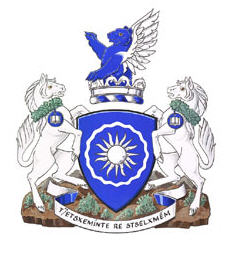
Thompson Rivers University is a public teaching and research university offering undergraduate and graduate degrees and vocational training. Its main campus is in Kamloops, British Columbia, Canada, and its name comes from the two rivers which converge in Kamloops, the North Thompson and South Thompson. The university has a satellite campus in Williams Lake, BC and a distance education division called TRU-Open Learning. It also has several international partnerships through its TRU World division. TRU is accredited by the Northwest Commission on Colleges and Universities (NWCCU) at the associate, baccalaureate and master's degree levels.
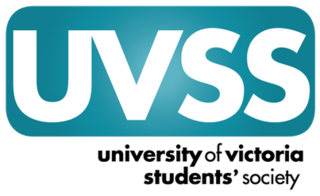
The University of Victoria Students' Society (UVSS) is a student union that represents undergraduate students at the University of Victoria. The students' society was founded in 1921 and incorporated in 1964. It provides services and operates business for students through the Student Union Building (SUB), and historically has advocated for special interests on campus.
The Alma Mater Society of the University of British Columbia Vancouver, otherwise referred to as the Alma Mater Society or the AMS, is the student society of UBC Vancouver and represents more than 58,000 undergraduate and graduate students at UBC's Vancouver campus and their affiliated colleges. The AMS also operates student services, businesses, resource groups and clubs. The AMS is a non-profit organization that exists to advocate for student viewpoints and ensure the needs of students are met by the University Administration and the Provincial and Federal governments. The Alma Mater Society is composed of a number of constituency organizations for undergraduate students, and works closely with the Graduate Student Society of UBC.

Walter Henry Gage, was a Canadian professor and educational icon, widely acknowledged to have had a large impact on students during his 50 year career at the University of British Columbia, where he rose from undergraduate student to university president.

The University of the Fraser Valley (UFV), formerly known as University College of the Fraser Valley and Fraser Valley College, is a Canadian public university with campuses in Abbotsford, Chilliwack, Mission and Hope, British Columbia. Founded in 1974 as Fraser Valley College, it was a response to the need for expanded vocational training in the communities of the Fraser Valley. In 1988, it became a university college, with degree-granting status. As the University College of the Fraser Valley, it grew rapidly, becoming one of the largest university colleges in Canada.
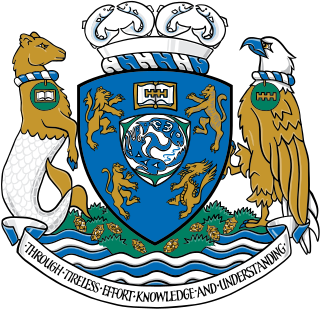
Kwantlen Polytechnic University (KPU) is a public degree-granting undergraduate polytechnic university in British Columbia, Canada, with campuses in Surrey, Richmond, Cloverdale, Whalley, and Langley. KPU is one of the largest institutions by enrolment in British Columbia garnering a total of 20,000 students and 1,400 faculty members across its five locations, encompassing the gestalt of the Metro Vancouver district. KPU provides undergraduate and vocational education including bachelor's degrees, associate degrees, diplomas, certificates, apprenticeships, and citations in more than 140 diverse programs.

Okanagan College is a public, post-secondary institution with over 120 certificates, diplomas, degrees and programs including apprenticeship and pre-apprenticeship trades programs. Its largest campus is located in Kelowna, British Columbia, Canada. Established in 1963, Okanagan College has since grown to be the largest college in British Columbia outside the Lower Mainland and Victoria with roughly 5,000 full-time students on four regional campuses and is the second-largest trade school in British Columbia. 1,885 international students from over 40 countries studied at Okanagan College in 2022-23, comprising 11% of total student headcount. The College once had one of the fastest growing populations of Aboriginal students of any college in the province; in the 2015-16 academic year Okanagan College delivered educational programming to 1,680 Aboriginal students. However, the growth did not continue, in 2021-22 the Indigenous student headcount remained at 1,690.
John Davis, was a Canadian politician from British Columbia who was elected both federally and provincially.
Okanagan University College (OUC) was a public, post-secondary educational institution based in Kelowna, British Columbia, Canada. It evolved from Okanagan College, and the college's predecessor, the B.C. Vocational School (1963–1965). On 30 June 2005, OUC was split to create two new institutions, a new Okanagan College and UBC Okanagan.
Kenneth William Daniel Shields, is a former Canadian basketball coach. He is a four-time CIAU coach of the year recipient. When he retired from university coaching, he held the most wins in Canadian university men's basketball history, during which time he won a record 7-straight national championships with the University of Victoria. He is also the former head coach of the Canada men's national team.

Lakeland College is a post-secondary college in Alberta, Canada. It is publicly funded, and maintains two campuses in Vermilion and Lloydminster. Lakeland serves over 7,000 students through the academic year with 2,223 studying full- and part-time.
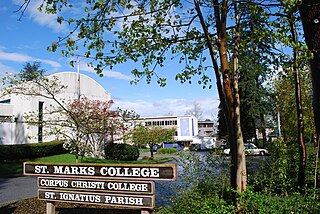
Corpus Christi College (CCC) is a college affiliated with and situated on the campus of University of British Columbia (UBC). The college offers classes in arts, business, and science in small class sizes with close student-faculty interaction.
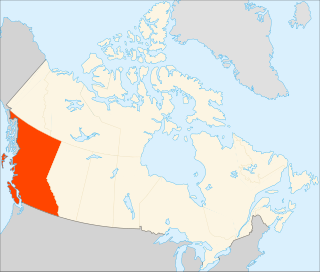
Higher education in British Columbia is delivered by 25 publicly funded institutions that are composed of eleven universities, eleven colleges, and three institutes. This is in addition to three private universities, five private colleges, and six theological colleges. There are also an extensive number of private career institutes and colleges. Over 297,000 students were enrolled in post-secondary institutions in British Columbia in the 2019-2020 academic year.

Quidditch is a growing team sport in Canada. Due to its relative youth within the sports scene of Canada, adoption is not as widespread as other sports such as rugby or ultimate. However, adoption is picking up with additional university and community teams each year. As a result of its inclusivity and its many niche styles of play, a wider spectrum of individuals are drawn to this sport than other mainstream sports. For the moment, the majority of teams are based in Ontario, Quebec, British Columbia and Alberta, but teams are rapidly starting up in Saskatchewan, Nova Scotia and Manitoba. Quidditch Canada is the governing body for the sport across the country; there are no associations within Quidditch Canada that govern provincially/territorially.
















